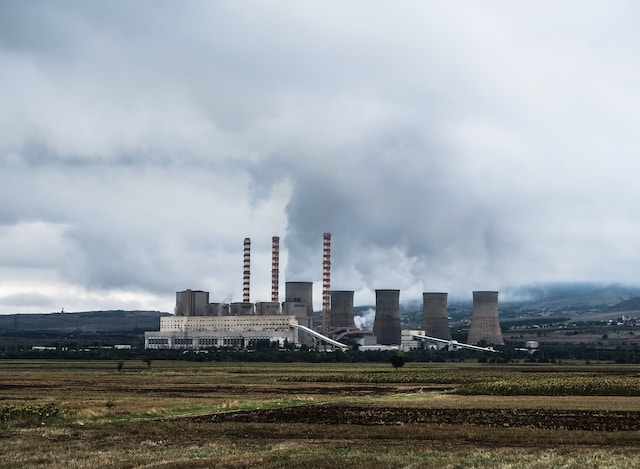When disaster strikes, every second counts. Lives and property are at stake, and immediate action is essential for mitigating the damage. In recent years, telecom companies have been playing a pivotal role in revolutionizing disaster response and recovery efforts. From providing emergency communication networks to developing innovative tools that aid rescue operations, these companies are bringing cutting-edge solutions that can make a world of difference in times of crisis. In this blog post, we’ll explore some of the most exciting ways telecom companies are leveraging their expertise to help communities face disasters head-on. Get ready to be inspired by impressive feats of innovation!
How telecom companies are helping with disaster response
In recent years, telecom companies have stepped up their game when it comes to disaster response and recovery. In the wake of devastating hurricanes like Harvey and Irma, telecom companies have worked tirelessly to restore service and keep people connected.
One of the most important ways that telecom companies are helping with disaster response is by setting up temporary cell sites. These cell sites provide much-needed connectivity in areas that have been cut off from communication due to power outages or damage to infrastructure.
In addition to setting up temporary cell sites, telecom companies are also providing free or discounted calling and data plans to people affected by disasters. This helps people stay connected with loved ones and get the information they need during a time of crisis.
Telecom companies are also working with first responders to provide them with the communications tools they need to do their jobs effectively. This includes everything from two-way radios to satellite phones.
Finally, many telecom companies are supporting relief efforts through financial donations. For example, AT&T has donated more than $37 million to Hurricane Harvey relief efforts.
It’s clear that telecom companies are playing a vital role in disaster response and recovery. Their efforts are helping to keep people connected and ensure that first responders have the tools they need to do their jobs.
What specific services telecom companies are providing
In recent years, telecom companies have stepped up their game when it comes to disaster response and recovery. They have invested heavily in infrastructure and resources to be able to provide reliable services during and after a disaster.
Some of the specific services that telecom companies are now providing include:
-Emergency call centers that are staffed 24/7 and can route calls to the appropriate responders
-Cell phone towers that are designed to withstand severe weather conditions and stay operational during a power outage
-Satellite phones that can be used in areas where cell phone service is unavailable
-Debit cards that can be used to access cash from ATMs in areas where power is out and credit card machines are not working
-Text messaging services that allow people to communicate even when voice calls cannot get through
How this is changing disaster response and recovery
In the past, disaster response and recovery has been a cumbersome and time-consuming process. But thanks to advances in telecommunications, companies are now able to provide near-instantaneous responses to disasters. This is changing the way disaster response and recovery is conducted, and making it more efficient and effective.
In the past, when a disaster struck, it could take days or even weeks for help to arrive. This is no longer the case, as telecom companies can now provide rapid responses that can get help to those who need it quickly. This is especially important in the case of natural disasters, where every minute counts.
What’s more, telecom companies are also helping to improve coordination between different relief organizations. By sharing information quickly and easily, these organizations can work together more effectively to provide assistance where it’s needed most.
All of this is making disaster response and recovery more efficient and effective than ever before. And as telecom companies continue to innovate, we can only expect this trend to continue.
Some examples of telecom companies’ involvement in disaster response
In the wake of Hurricane Katrina, many telecom companies stepped up to help with disaster response and recovery efforts. Some examples of telecom companies’ involvement in disaster response include:
– AT&T set up temporary cell towers to help restore communication for first responders and relief workers in the affected areas.
– Verizon provided free calling and texting for customers in the affected areas.
– Sprint donated $1 million to the Red Cross for relief efforts.
– T-Mobile provided free data and calling for customers in the affected areas.
Conclusion
In conclusion, telecommunications companies have become an invaluable asset in disaster response and recovery. By providing access to communication networks and data centers, telecom companies are enabling responders to quickly and safely provide assistance in times of crisis. Additionally, these same technologies are also being used for long-term planning purposes, such as preventing future disasters or responding more efficiently to future emergencies. Telecom giants like AT&T, Verizon, Sprint, T-Mobile and others are revolutionizing the way we respond to disasters – ensuring that help can arrive swiftly when it is needed most.










